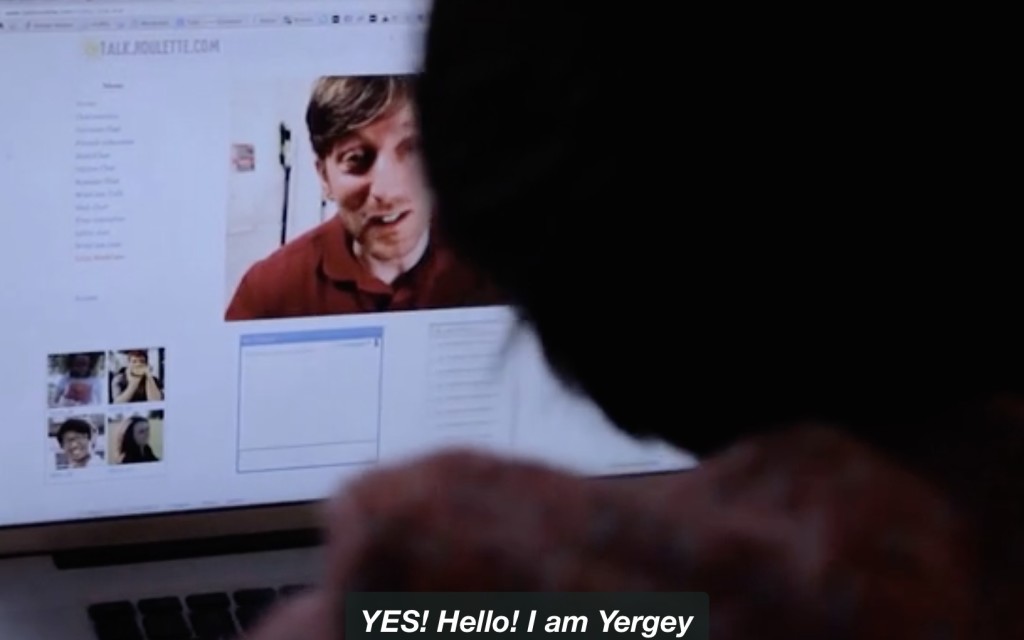Around the world, mobile moviemakers are capturing newsworthy events including crimes, accidents, and storms. If the resulting footage is clear, it can have value to media outlets such as TV networks and major websites such as Yahoo! and Huffington Post. These professional organization make money by exhibiting newsworthy video. But what about the people who shot it? Is there a way for them to monetize mobile video…and should they do so.
The issue was raised this week related to the shooting of Walter Scott by a policeman Michael Slager. The videographer Feidin Santana at first did nothing with the video. Then, when he came to believe the video was evidence of police malfeasance, Santana turned the video over to Walter Scott’s family. Eventually, it was shared with traditional and Internet media, and was seen by millions of views.
Now, Santana is asking for media outlets to pay to show the video. The logic is obvious. Media outlets earn money by exhibiting video that rivets audiences. Santana wants to be paid for the valuable material. As discussed in Jonathan Low’s blog, the issue is not cut-and-dried. In some situations, an exhibitor of news footage can claim “fair use,” meaning that the videographer cannot claim a fee. Usually, a court will have to determine whether or not a fee is in order.
This is, of course, not a new issue. More than half a century before the advent of smartphones, the rights to Abraham Zapruder’s 8mm movie of the Kennedy assassination involved a great deal of litigation. Ultimately, his heirs received $16 million for the 26.6 second movie.
So how can you take advantage of valuable news video that you shoot? Here are three steps to considers:
1. Become copyright and fair-use savvy ahead of time. Don’t wait until you’re lucky enough to capture a newsworthy event. That’s not the moment to figure out how to protect your intellectual property. You can find plenty of information on this really interesting subject on the web. If you don’t want to do your own Google search, ReelSeo offers sensible information including a 22-minute video interview with Kenneth Junkle, a copyright and trademark attorney.
2. Establish ownership of the material. The ReelSeo piece (above)or others that you find will give you the steps to take.
3. Have a plan for marketing your video before you send it out. If the story is local, then you could probably attempt to market your video to local TV stations and news media. But if you have something of potential interest far beyond where you live, rather than try to sell to hundreds of outlines, you’ll probably do better to work with a large organization whose business it is to sell video. For example, you could phone the Associated Press’s video office: 1-800-AP-CALL1. In the U.S., there are the major networks and cable companies, plus major news syndicates such as the New York Times or the Washington Post. If you’re not good at negotiating, find a friend—maybe a lawyer—who is.
4. Keep MobileMovieMaking.com in mind. We’re not a hard-news outlet, but we are interested in sharing the stories of all mobile moviemakers including citizen journalists who shoot grassroots news video.



 Previous post
Previous post
 Next post
Next post





